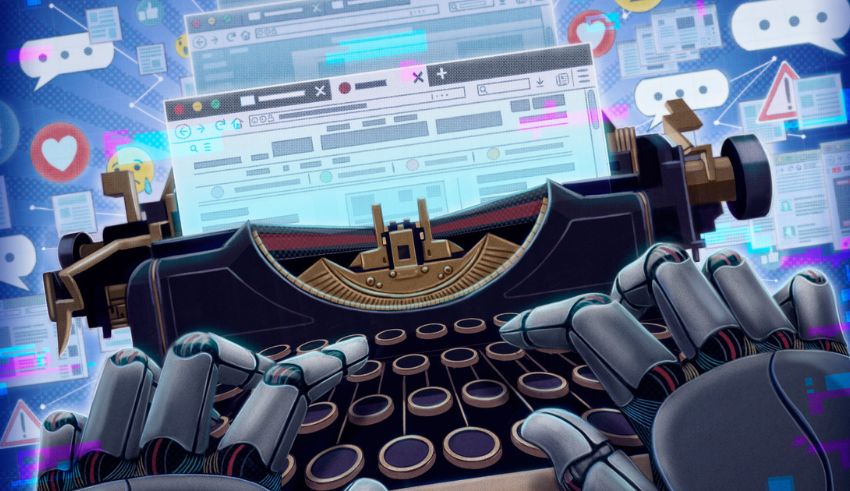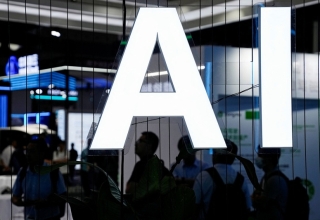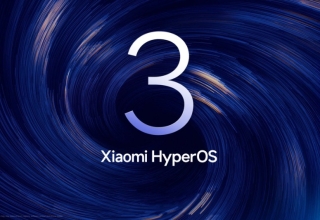
China made history in 2018 when it unveiled the first artificial intelligence (AI) news anchor. Since then, AI-generated journalism has constantly improved, and several nations have adopted AI newsreaders to transform their media environments. As a vital tool for newsrooms today, AI presents new opportunities and problems for the media sector.
Asia’s AI News Anchors
Other Asian nations have adopted AI newsreaders in China’s footsteps to meet their unique cultural and language requirements. In particular, India debuted Sana, its first AI-powered anchor, in April. Sana periodically delivers news updates on the Aaj Tak news channel of the India Today Group, and she recently made headlines by presenting a news broadcast fully in French in honour of the 25th anniversary of the strategic alliance between France and India. Numerous other nationwide networks have adopted AI-powered news presenters due to India’s pioneering initiatives.
Similarly, Indonesia, the largest archipelagic state in the world, debuted three AI newsreaders, Nadira, Sasya, and Bhoomi, on the well-liked TV network tvOne. These virtual presenters were created with a focus on particular demographics. They were created using AI software, albeit not yet interactive, and signify Indonesia’s entry into the trend of AI news presenters.
Taiwan’s FTV News supported AI in July by debuting an AI weather presenter. Artificial Intelligence Global Company (AIGC) technology was used to construct this virtual presenter, enabling it to produce photorealistic human visuals. It can gain knowledge from its previous broadcasts and enhance its delivery, cadence, and overall presentation. This cutting-edge strategy reflects Taiwan’s dedication to investigating the potential of AI in news broadcasting.
Ethical Considerations and Reactions
There has been some debate over the introduction of AI news presenters. While some see it as a progressive move, others worry about the moral ramifications of using AI in newsrooms. The human touch, emotions, and editorial judgement required to produce comprehensive and contextually accurate reporting are allegedly lacking in AI-generated news, according to critics.
Keep Reading
The Middle East’s first virtual news anchor, “Fedha,” garnered a lot of attention in Kuwait and ignited a spirited discussion on the place of artificial intelligence in journalism. Astro Awani, Malaysia’s top broadcast news organisation, drew notice for its use of AI avatars. Instead of replacing real journalists, the avatars Joon and Monica were created to increase the quality of news products and complement already-existing human abilities.
Asia is setting the pace for the global transformation of journalism brought about by the development of AI news presenters. AI is a vital tool in newsrooms more frequently, as seen by recent advances in India, Indonesia, Taiwan, Kuwait, and Malaysia and China’s 2018 introduction of the world’s first AI news anchor. While AI has benefits like improved language variety, lower production costs, and increased efficiency, it also raises ethical questions and sparks discussions about the future of journalism.
News organisations must find a balance as AI develops between utilising the advantages of AI-generated content and keeping the crucial human components that give journalism its impact and reliability. The integration of AI into newsrooms has the potential to improve the field of journalism but to maintain the profession’s integrity, it is important to carefully address the ethical issues and societal repercussions of AI adoption.



























